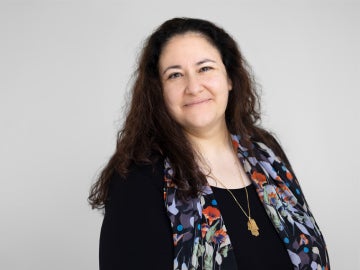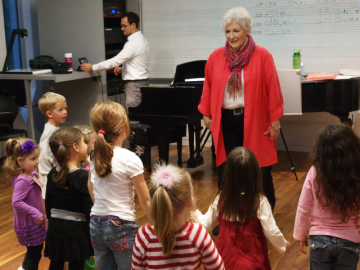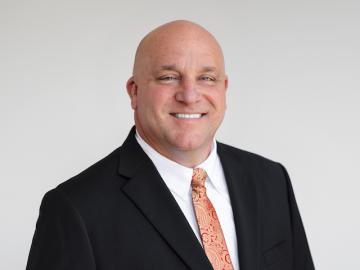Campus News
Oberlin College Receives Grant Supporting the Oberlin Sanctuary Project
May 28, 2019
Hillary Hempstead

Photo credit: John Seyfried
A $10,000 grant awarded from the Council of Independent Colleges Humanities Research for the Public Good program will fund exploration of Oberlin College and the city of Oberlin’s shared 185-year commitment to providing a safe place for humanity to live, learn, and work.
From Oberlin’s historic decision in 1835 to enroll students “irrespective of color,” to its roles as an Underground Railroad stop, a welcoming place for Japanese American students during World War II internments, and a refuge for Kent State University students after the May 4, 1970 National Guard shootings, the practice of providing sanctuary has been a central value of the college and town.
Oberlin College has been awarded $10,000 from the Council of Independent Colleges Humanities Research for the Public Good program to both expand and extend Oberlin’s existing work around the concept of sanctuary. To that end, the college and city’s commitment to providing shelter for and affirming the humanity of individuals at key points of U.S. history will be highlighted through undergraduate research, the creation of a traveling exhibit, and online educational resources.
The impetus for this project was “inspired by a strong movement on campus to further assert Oberlin College’s position as a sanctuary,” says Alexia Hudson-Ward, Azariah Smith Root Director of Libraries. “After a series of conversations with former Dean Tim Elgren and College Archivist Ken Grossi, the Libraries and Archives were charged with creating a sustaining educational program that would explore our institution’s role as sanctuary from our early beginnings through the modern era. Hence, the Oberlin Sanctuary Project was born.”
A variety of individuals will help bring this project to fruition, including Associate Professor of Africana Studies and Comparative American Studies Meredith Gadsby and Professor of Comparative American Studies Gina Pérez, who will serve as researchers and faculty mentors to a student researcher. Grossi will be the collections expert and Hudson-Ward will be the project administrator.
Gadsby says that it’s vital to undertake this research because it provides the opportunity to illuminate how alive this particular history is.
“At Oberlin, we celebrate the history of the city and the college as a space that offered safe haven to African Americans escaping enslavement. In the present, there are students and faculty here who are first-generation and have diverse immigration experiences and stories.
‘‘The college was also the leader in admitting students ‘without respect to race.’ Oberlin has been superbly situated to actively participate in almost 300 years of sanctuary practices. Today, this issue touches Africans, Caribbeans, Latin Americans from Central and South America, and many others. It is important that we remember our history and act decisively in the present and future,’’ she says.
Pérez hopes that the resulting research and exhibit will inspire others to investigate their community’s efforts related to activism so that they can work to change unjust practices. She also hopes it will serve as a reminder of the history of sanctuary movements.
“Current sanctuary movements and struggles have long histories that affect a range of communities, including enslaved African Americans in the 19th century, interned Japanese and Japanese Americans during WWII, and even those protesting U.S. military power, including antiwar activists during the Vietnam War.”
The Oberlin Heritage Center will serve as the community partner for the project, providing support through research and interpretation of both Oberlin’s abolitionist history and the community’s acceptance of Japanese Americans during World War II.
Oberlin Heritage Center Executive Director Liz Shultz says she hopes that those who engage with the resulting exhibit and programming can obtain some insight into how sanctuaries originate.
“I hope they gain a better understanding of how sanctuaries were created,” says Shultz.
“It’s often not through one big easy decision but through individuals making recurring, small, difficult, and personal decisions.”
Hudson-Ward believes that the project has the power to galvanize individuals into a different way of thinking. “I hope that people will be inspired by the concept of supporting community members in times of need, and they will see how this concept influenced the history of our nation.”
You may also like…
Remembering Former Visiting Assistant Professor Leila Ben-Nasr
Leila Ben-Nasr, a former visiting assistant professor of comparative American studies, died on November 28, 2025.
Oberlin Community Remembers a Beloved Retired Professor
A member of Oberlin faculty for 13 years, Peggy Bennett was known by students and the Oberlin community for creating and leading MusicPlay, a preschool classroom and learning lab run as part of the...
Eric Rooks Named Director of Campus Safety at Oberlin
Longtime public servant emphasizes collaborative partnerships and kindness.


